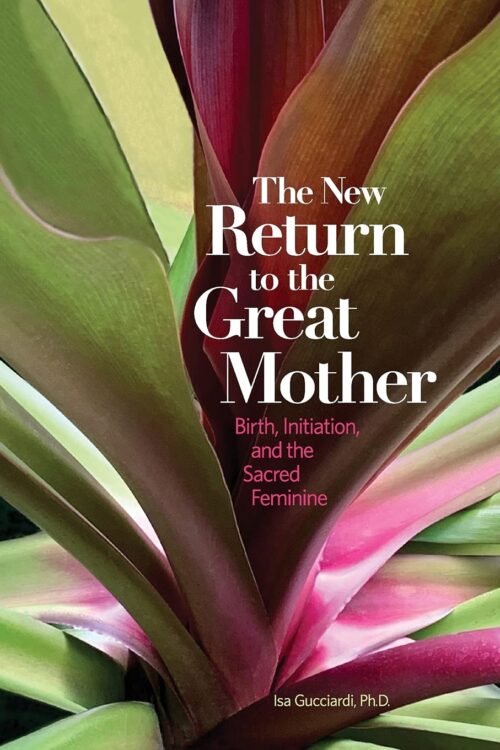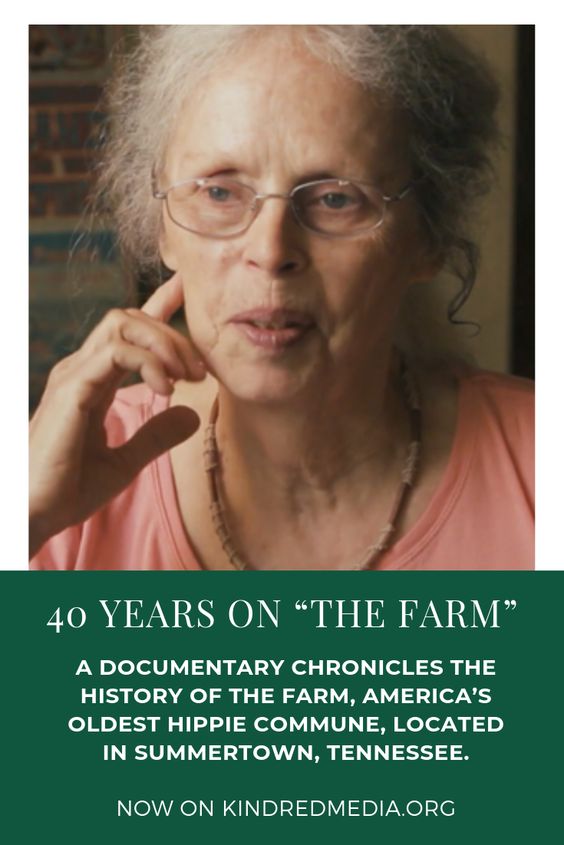“Birth is the epicenter of women’s power.“ – Ani DiFranco
The following is an excerpt from the book, The New Return to the Great Mother: Birth, Initiation, and the Sacred Feminine, by Isa Gucciardi, PhD. The excerpt is reprinted with the permission of the author.
Modern women are faced with an inordinate amount of pressure when preparing to give birth. Because the culture we live in does not value the greater spiritual relevance of childbirth, the people and systems set up to assist us during the process can quickly disrupt the natural unfurling of this sacred initiation. Due to our collective and individual ignorance about the gravity of initiations like childbirth, we end up inadvertently giving our power away to others.
Insurance and pharmaceutical companies, hospitals, and uninformed doctors and medical personnel can play a role in co-opting the power of the initiation of childbirth. Even friends and family members can siphon the power of this grand initiatory event by projecting their fears and experiences onto us. All of these influences make it difficult to feel empowered when making decisions about childbirth and, more importantly, during the birth itself.
As we discussed in Chapter 3, one stunted initiatory experience tends to lead to others. Incomplete initiations make it exceedingly challenging to heed the call of our biology to grow and develop as spiritual beings, to embrace each new version of ourselves as we strive to engage wholly with our life. Based on the level of interruption from unnecessary interventions in many births today, it seems reasonable to suggest that a lot of women are undergoing incomplete initiations when giving birth. The result is a spiritual crisis that can leave us feeling confused, lost, and extremely disempowered. While not often understood, an unsuccessful childbirth initiation can be linked to the common mood disorder “postpartum depression.” A disrupted birthing experience can have long-lasting repercussions and impede our ability to step fully into our new identity as a mother.
The lack of information regarding the significance of childbirth as an initiatory process affects more than birthing mothers. Without a proper understanding, ministers, teachers, doctors, and other birth professionals charged with guiding women through birth are unable to provide the level of care needed once the initiation is underway. Partners also miss out on their own deeper experience of the initiation of birth when they are uninformed.
The lack of information regarding the significance of childbirth as an initiatory process affects more than birthing mothers. Without a proper understanding, ministers, teachers, doctors, and other birth professionals charged with guiding women through birth are unable to provide the level of care needed once the initiation is underway. Partners also miss out on their own deeper experience of the initiation of birth when they are uninformed.
The good news is, we can help change all this by remembering the spiritual component at the heart of our initiations and vowing to ourselves to enter the sacred initiation of childbirth with a well-informed mind and a deeply connected heart. In doing so, we take back our power, allowing us to move through the initiation with greater clarity, strength, and ease. From our own education, we can teach those around us about the deeper meaning of the initiation of childbirth.
In recent decades, midwives and other birth professionals have been working hard to spark dialogue around the reclamation of childbirth. Ina May Gaskin, an early innovator of the modern midwifery movement has been called “the mother of authentic midwifery” for her part in moving the conversation forward. In 1971, Gaskin and her husband Stephen established one of the first non-hospital birthing centers in the U.S., known as “The Farm.” The Farm Midwifery Center, in Lewis County, Tennessee, emphasizes the spiritual significance of childbirth and recognizes the importance of having family and friends present at the birth. The Farm is still an active birthing center today. Throughout her long career, Gaskin has received many awards for her work in the field of midwifery, written several influential books, and taught workshops throughout the world.
The American Journal of Public Health published a study about The Farm in Tennessee, tracking outcomes of care received there by 1,707 women between 1971 and 1989. The births at the birthing center were compared with over 14,000 physician-attended hospital births in 1980. The author of the study concluded: “Based on rates of perinatal death, of low five-minute Apgar scores, of a composite index of labor complications, and of use of assisted delivery, the results suggest that, under certain circumstances, home births attended by lay midwives can be accomplished as safely as, and with less intervention than, physician-attended hospital deliveries.” As is so often the case, the study shows what nature knows: healthy women are fully capable of having safe births without unneeded medical interventions, particularly when presiding birth attendants are educated about and value the spiritual aspects of childbirth and create birthing environments informed by this awareness.
Despite the gains made by the modern midwifery movement, the conversation around birth remains one-sided much of the time, with medicalized birth as the dominant practice. But as women and birthing professionals seek out new possibilities for deepening the experience of childbirth, they are bringing the conversation back to the basics of birthing—be it at home or in a hospital. As women regain a foothold in the birthing world, the experience of childbirth will be transformed from a medical procedure to its original form as a biological initiation designed to connect us with our power and creativity. I saw the power of this wisdom firsthand in a birth I attended as a language interpreter.
Esther
A young Haitian woman, Esther, had come to the hospital with several women from her community. She wanted them to be in the delivery room with her, but the admitting staff would not allow so many people into the room where she was to give birth, as it was against hospital policy.
When she realized she could not have her community members by her side, Esther became tense and agitated. Her labor stopped progressing at about five centimeters. She became very upset as the nurses tried to hook up a Pitocin drip in an effort to bring the labor on again. Esther spoke French and Creole, and I was called to the birth to interpret in French and English. As her labor became more complicated, Esther could only speak in Creole. I was able to understand about 80 percent of what she was saying, as Creole and French are quite similar.
At one point, she began crying out, pleading for her friends who were in the waiting room. She kept saying, “They will know what to do! They have the songs!” I kept interpreting as best as I could, although I thought I was probably misinterpreting the word “song” as it did not seem to make any sense. There was one nurse who was a bit more open than the others, and I stepped out of my professional role as an interpreter and begged her to allow the friends to come in. She had just begun her shift and could see that she was going to have a lot on her hands with this birth if she didn’t allow the friends into the room, so she got permission for them to attend the birth.
The nurse asked me to invite in Esther’s friends. I found the members of her community in the waiting room, sitting quietly, focusing deeply, and humming softly together. It seemed as though they had been waiting for me, as they simply got up and walked toward the room before I could say anything. They hummed softly as they entered the delivery room. Esther relaxed immediately. As I closed the door, they began clapping softly and started singing in rounds. The energy in the room became very alive. Esther sang with them, and soon her labor picked back up. She gave birth within several hours, with her support network singing around her.
After the birth, I asked the women what songs they had been singing. Adele, a tall, bright-eyed woman, told me they were the songs that all the women in their village sing for each other during labor. “These are the songs that our grandmothers sang at our own births and they are the songs we sing for the new generations,” she said. She also told me these songs were often sung at special ceremonies, such as those held to commemorate a girl when she gets her first period.
In his acclaimed book, Beyond the Brain, Stanislav Grof, M.D. suggests that a woman’s own birth serves as the template for how she will approach childbirth. After witnessing Esther’s experience, I reflected on Grof’s words and realized how much she needed to hear those songs that were sung for her when she was being born so that she could give birth in a way that felt good to her. The songs connected Esther to the other times in her life when, during previous initiations, her body moved her through pivotal moments of change. She needed that deep connection to traverse the initiation of childbirth successfully, and when she feared she could not have the songs and the energy and comfort they provided her when she was being born, Esther began to lose her focus and courage.
It was as if the songs held the power of initiation within them, transmitting that power from one initiation to the next. For Esther, they seemed to connect her to something very deep and subtle from her own initiation of birth and of puberty. The power contained within the songs enabled her to give birth in a way that connected her to a long unbroken line on the initiatory path she was a part of. If she had not been allowed to connect with the power of the songs, the initiatory moment of her child’s birth likely would have been incomplete. Esther would have lost power if she had been forced to receive the Pitocin, rather than the power of her songs. In turn, she would have lost control over the entire birthing process. Instead, she was able to direct the power the songs provided her toward her own well-being and the well-being of her child. Through their singing, Esther and her friends connected to the Great Mother, allowing Esther to give birth in an unhindered, empowered way.
Kindred Resources
Hippies Giving Birth On A Bus, A Documentary
40 Years On The Farm, Full Documentary
Kindred articles, videos, and interviews on pregnancy and birth





